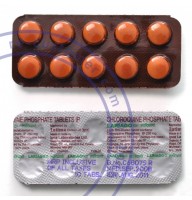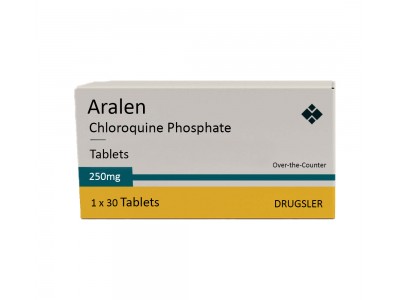Introduction to Aralen (Chloroquine)
Aralen, known generically as chloroquine, is a medication primarily used to prevent and treat malaria. Additionally, it serves as a Disease Modifying Anti-Rheumatic Drug (DMARD) for conditions like rheumatoid arthritis and lupus due to its anti-inflammatory properties. Understanding the Aralen onset of action is crucial for patients anticipating relief from their symptoms.
How Aralen Works
Chloroquine functions by interfering with the growth of parasites in the red blood cells. In autoimmune diseases, its mechanism isn't entirely understood, but it's believed to modulate the immune system, reducing inflammation and preventing disease progression. This modulation is key to its role as a DMARD.
Timeframe for Aralen to Start Working
Malaria Treatment
When used for malaria, chloroquine acts relatively quickly. Patients often experience symptom relief within 48 to 72 hours after starting treatment. The rapid action is essential to control the infection and alleviate symptoms promptly.
Autoimmune Diseases
In contrast, for autoimmune conditions like rheumatoid arthritis and lupus, the chloroquine therapeutic onset is more gradual. Patients might begin to notice improvements after about 6 to 8 weeks of consistent use, with maximum benefits typically observed between 3 to 6 months. This delayed onset underscores the importance of adherence to the prescribed regimen, even if immediate effects aren't evident.
Factors Influencing the Onset of Action
Dosage and Administration
Adhering to the prescribed dosage is vital. For autoimmune diseases, the typical dose is 250 mg per day. Consistency in taking the medication enhances its effectiveness and ensures a steady concentration in the bloodstream.
Individual Patient Variables
Individual responses to medication can vary based on factors like age, overall health, and the severity of the condition. Some patients may experience benefits sooner, while others might require a longer duration to observe noticeable improvements.
Concurrent Medications
Taking other medications can influence how quickly Aralen works. Some drugs might enhance its effects, while others could diminish them. It's essential to inform your healthcare provider about all medications and supplements you're taking to ensure optimal treatment outcomes.
Managing Expectations During Treatment
Understanding that the Aralen time to start working can be prolonged is crucial for patient adherence. Setting realistic expectations helps in maintaining patience and commitment to the therapy. Regular consultations with healthcare providers can provide reassurance and adjustments to the treatment plan if necessary.
Potential Side Effects
While Aralen is generally well-tolerated, some patients may experience side effects, including:
- Nausea
- Headache
- Blurred vision
- Skin rashes
Notably, long-term or high-dose use can lead to retinal damage, making regular eye examinations essential during prolonged therapy.
Conclusion
Aralen (chloroquine) is a valuable medication for both malaria and autoimmune diseases. While its action against malaria is swift, its benefits in treating autoimmune conditions require time and patience. Being informed about the expected chloroquine time until benefits and maintaining open communication with healthcare providers can enhance treatment success and patient satisfaction.

